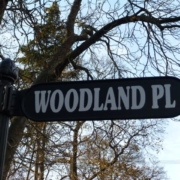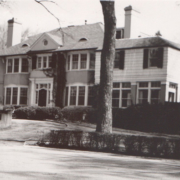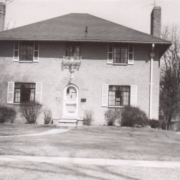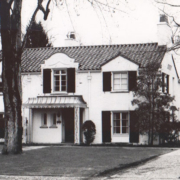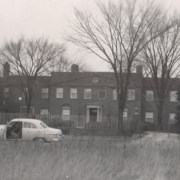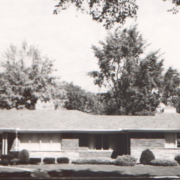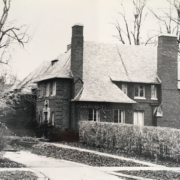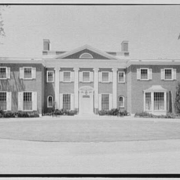Historical Architecture of Grosse Pointe – Welcome to Woodland Place
Last year we featured two homes on Woodland Place, number 2 and number 7. This week we thought we would delve into some of the other properties on this picturesque street in Grosse Pointe Farms.
Woodland Place, once a heavily wooded area on the shores of Lake St. Clair, is a narrow street, paved with bricks, and home to eight unique residences. The majority of the homes were built in the 1920’s by a handful of noted architects. Each of these architects worked on a couple of projects on the road, which is quite remarkable given that only 6 homes were built during this era.
Number 7 was the first home to be built on Woodland Place. It was completed in 1909 as a summer home for the Hazen S. Pingree family. Hazen S. Pingree was a four-term mayor of Detroit, a successful businessman, and the 24th Governor of the State of Michigan.
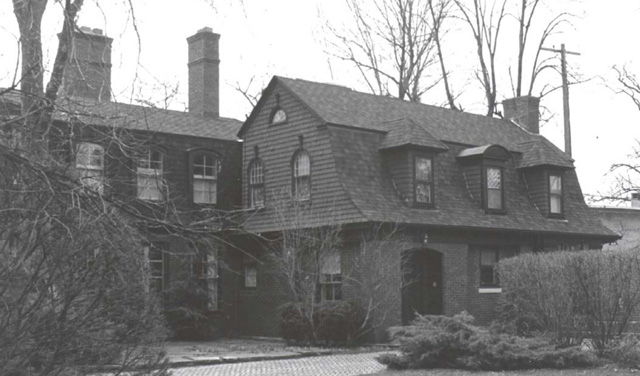
Mrs. Pingree hired noted architect William B. Stratton, an innovative designer who has often been described as having a vigorous creative imagination with a diverse range and aptitude for switching between architectural styles. His design for 7 Woodland Place centered on the Dutch Colonial style, complete with gambrel rood and flared eaves. Renowned Michigan architect Hugh T. Keyes extensively remodeled it in 1935. You can read the full story of this home by clicking here.
William B. Stratton and Dalton Snyder designed 4 Woodland Place in 1920. The fabulous 5,450 sq ft colonial home features high-beamed ceilings, intricate detailing throughout, and six bedrooms. This was Stratton’s second project on the street having completed 7 Woodland Place eleven years earlier.
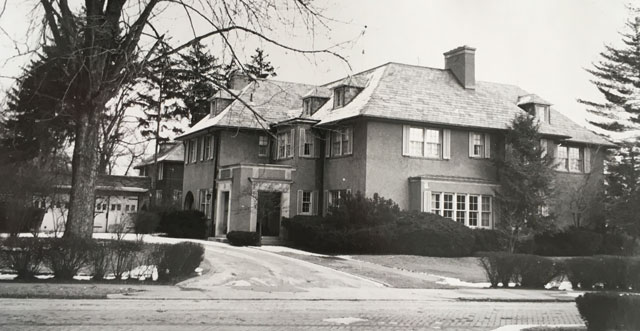
Stratton and Snyder worked together from 1918 – 1925, and completed several homes in Grosse Pointe, including 365 University Place, 341 Lakeland, and 15366 Windmill Pointe. You can read the full story about William B. Stratton by clicking here.
1 Woodland Place was completed in 1921 by the Detroit firm of Brown, Derrick and Preston. Robert O. Derrick, one of Grosse Pointe’s most noted architects, was admitted to the firm, as a partner, in 1921, and held the title of Vice-President.
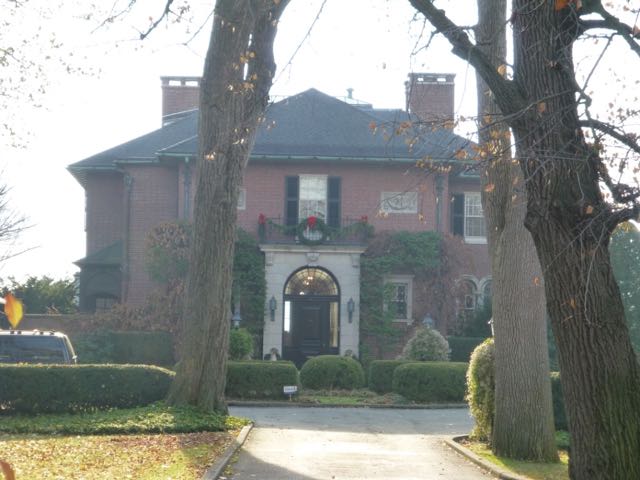
Dr. Walter R. Parker commissioned the home, and at 9,050 sq ft it is the largest residence on the street. It is a stunning brick home with ornate limestone detailing on the front elevation – a typical trait of Robert O. Derrick’s work.
6 Woodland Place was Robert O. Derrick’s second project on the street. This time, it was the sole work of this talented individual. Completed in 1925, this 4,876 sq ft home was created in an English architectural approach.

Derrick lived with his family at 407 Lincoln Road Grosse Pointe, and was a well-known figure in the community. With over 25 buildings to his name in the Grosse Pointe communities Derrick created many superb homes, school buildings, the ‘Little Club’ along with the Grosse Pointe Farms water filtration and pumping station. You can read the full story about Robert O. Derrick by clicking here.
Prolific Grosse Pointe architect Hugh T. Keyes completed 5 Woodland Place in 1928. Keyes built many significant houses in Grosse Pointe throughout out his career, including three homes on Provencal.
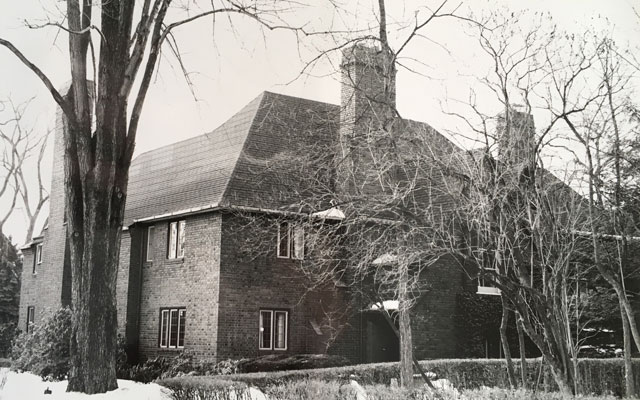
This wonderful brick 6,400 sq ft home was Keyes first project on the street. His second would come in 1935 when he was hired to make significant alterations to 7 Woodland Place. You can read the full story about Hugh T. Keyes by clicking here.
2 Woodland Place was completed in 1928, and was Robert O. Derrick’s third project on the street. It is a striking home designed in the Federal architectural style. Constructed from brick the front of the 8,081 sq ft home features an abundance of large windows across the front elevation – arranged individually in strict horizontal and vertical symmetry – creating an imposing entrance that immediately greets you at the end of this exclusive dead end road. You can read the full story of this home by clicking here.

Frank Woodman Eddy – a prominent businessman in Detroit who had made his fortune from chemical and rubber manufacturing, commissioned it. Eddy was also the first president of the Detroit Athletic Club in 1887.
Woodland Place maybe a small street but it has a big personality – beautiful homes, commissioned by wealthy owners, and designed by some of Detroit’s finest architects.
Written by Katie Doelle
Copyright © 2018 Katie Doelle

